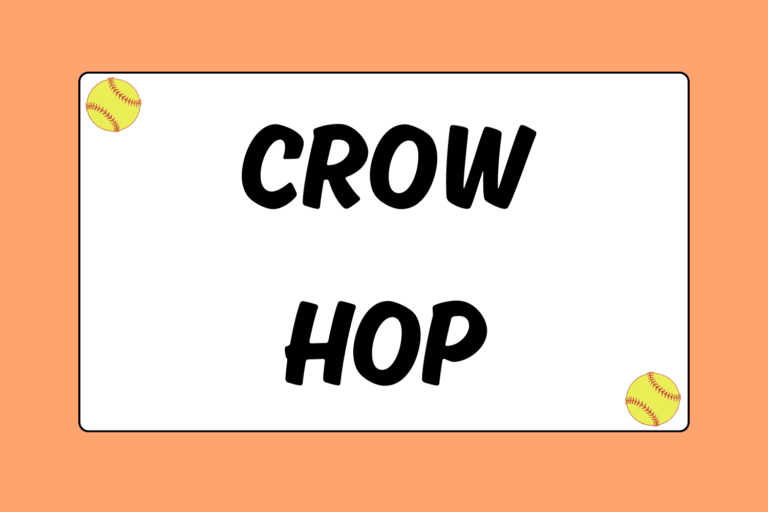Though the most common (and basic) footwork for slapping is the three-step approach: Step Back, Step Over, and the Front Leg Follows, it’s not for every slapper. Some players feel more comfortable using the alternative — the two-step approach.
The two-step approach is a good alternative for those who cannot keep their heads steady while moving. By reducing the number of steps, this approach allows the eyes and head to remain steadier through the motion.
The main difference is that there is no backwards step to initiate the motion. The slapper goes straight at the pitch without a negative movement. Continue reading to learn the two-step approach for slapping, and then get out there and go for it!
Step Over & the Front Leg Follows
On any collegiate or professional team, you may see a slapper who looks a little different than the other slappers. This particular slapper starts more towards the middle of the box, not the back. You also may notice her feet — she only takes two steps and she’s out of the box. The pattern is quiet easy to understand: She steps her back foot over her front foot, and then her front foot follows through. Follow these instructions closely, and you’ll learn the two-step approach:
- Stand in the left side of the batter’s box and set up as if you were a normal hitter: Your feet should be wide enough apart that you have a strong foundation for your swing. Your knees are slightly bent, and you are light on the balls of your feet. Your hands should be high and ready. Your body weight should be equally distributed between both legs.
- As the pitch comes in, your timing mechanism will create a negative motion (not movement). For this type of slapping approach, there are a few different timing mechanisms you can use:
- Your hips: Wiggle your hips. This may seem odd, but it’s a move that is slight and won’t rock your body or your eyes. Wiggling your hips back and forth is a common trigger. As the pitch comes in, you will start to wiggle your hips. Time it so that your hips are wiggled back before your initial step forward.
- Your bodyweight: A simple shift of bodyweight is also a common timing mechanism. As the pitch comes in, you will simply shift all of your bodyweight to your back leg — but don’t move your feet. Sway your upper body backwards and load your back leg.
- Lift your front foot: As the pitch comes in, lift your front foot and then put it back down. As you make your step, open your foot about 45 degrees towards the front of the batter’s box before landing. Your weight should shift to this leg.
- Step your back foot over and across your front foot. This step should be wide enough that if you were to stay in this stance (back leg crossed over your front), you’d have a strong enough base to hit the ball.
- Now, follow through with your front leg, stepping forward from behind your back leg. After this step, your legs should be as wide apart as a strong hitting stance. Your front leg should be at the very front of the batter’s box.
Hot Tip: Practice Makes Perfect
This approach may feel awkward, so you’ll need to practice it. There are two good ways to get a lot of practice. You can go to a field and walk up and down a baseline (to the fence and back) while performing the proper footwork. You can also use a fence (like the fence around a softball diamond).
With a bat in hand, put the knob on your belly button and stand close enough that the bat head touches the wall. Now, just keep the bat on your shoulder and practice your footwork. Don’t be intimidated by the close proximity of the fence!
She Beat You to the Base!
This approach’s intent is no different than the three-step approach — any slapper will cause chaos for the infield. So whether you are slapping or sneaking in a bunt, have fun with it! Practice your footwork until it’s engrained in your muscle memory; this is the key to success as a slapper.
One approach is no better than the other — it all depends on personal comfort. As long as you are comfortable in the box, your footwork will start to come naturally. Now, get out there and cause a riot on the base path!





